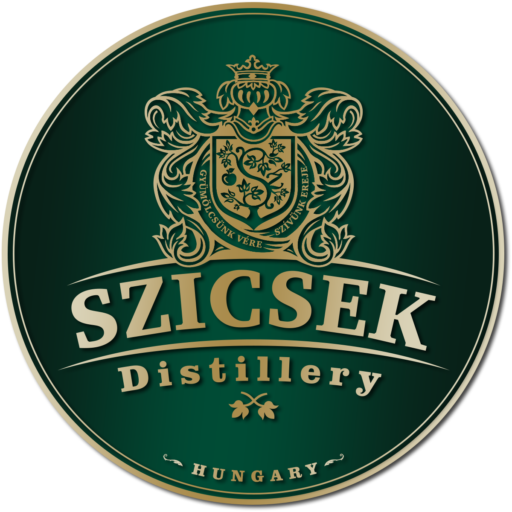Pálinka has an at least 700-year-old history in Hungary. Interestingly burnt-wine (another expression for pálinka) bottles were found in Hungary and their age dates back to the 13th century and they were of Italian origin. In the next century, doctors in Hungary were also familiar with this “medicinal drink” because pálinka was used as medicine at that time. Charles I, also known as Charles Robert (Hungarian: Károly Róbert) was also familiar with an alcoholic beverage, very similar to pálinka. His wife, Queen Elisabeth suffered from arthritis and doctors used a rosemary infused wine distillate to cure her disease. This drink was called “Aqua vitae reginae Hungariae”, which means the “Hungarian Queens’ water of life”. Many contemporary authors mentioned this name and this drink but we still do not know what kind of medicinal drink was this medieval, mysterious “aqua vitae”. It was most likely that wine distillate because an Italian doctor made it. Several sources clearly highlight that it was used as a medicine. The name and most probably the product also came to Hungary through the Italian connections of the Anjou king and the queen. Queen Elisabeth was a traveled ruler of her age, she went to Rome, Cologne and Aachen as well. It is possible that she brought the recipe to Hungary from the West. So the first Hungarian alcoholic drink can safely be dated to 1332. The aqua vitae was made from wine distillate and rosemary, so today we can call it a kind of herbal medicinal liqueur. But the question still remains: who made the first Hungarian pálinka or the first Hungarian alcoholic drink similar to pálinka. Obviously those who were close to the royal court. Maybe the monks. According to an uncertain source, pálinka is connected to the monks of the Order of Preachers also known as the Dominican Order. One of the contemporary legends says that the recipe was written on the island of rabbits, which we call today as Margaret Island. The island is part of the capital of Hungary, Budapest and the Dominican monks had a monastery on the island, consequently it is possible that they made the first Hungarian pálinka. Pálinka has an old, Hungarian name, “babinka” but the word “pálinka” came to the Hungarian language from Slovakia (the area was also known Upper Hungary at that time) in the 17th century.
John Amos Comenius who was a Czech philosopher, pedagogue and theologian and was also known as the father of modern education wrote a book (Orbis sansualium pictus) about pálinka production and pálinka itself that was considered to be a medicine in Hungary until the 16th century. In Hungary there were two types of pálinka distillation: the serf or folk pálinka distillation and the manorial one. According to some surveys, in the 1500s there were hundreds of thousands of so called „pálinka distillation huts” in the Carpathian Basin; and even in 1851, there were more the 100 000 distilleries in the country. The manorial and ecclesiastical pálinka distillation were mainly for commercial purpose. The Hungarian pálinka became an integral part of the Hungarian culture and was not at all the drink of drunkenness. It became the part of the everyday life and social activities. Several expressions preserve this phenomenon, for instance “pálinkás jó reggelt”, which means “pálinka good morning” and there are also expressions with pálinka that connect to social events like harvest, pig slaughter feast, wedding etc. The importance of the pálinka in the Hungarian everyday life is demonstrated by the arsenal of its folk names: anyatej (mother’s milk), majomtej (monkey’s milk), boszorkányfing (witch fart), szemvíz (eye water) etc.
There is no other drink in the world that has as much consumption habits as pálinka. The name “pálinka” can only be used in Hungary and four Austrian provinces at the moment due to the strict laws and regulations. The pálinka law says that pálinka cannot contain any additives except for fruit. In 2002 pálinka became a Hungaricum, which means a true Hungarian product. One of the most famous and also origin-protected pálinka is the “Szatmári” plum pálinka. The main ingredient a.k.a. the fruit is called Penyigei or Besztercei or Magyar (Hungarian) plum. This kind of pálinka is a slightly yellow or golden brown alcoholic drink with pleasant taste and smell and has an alcohol content of at least 40 percent. The good plum pálinka’s fragrance is light, not intrusive. Of course there are several other pálinkas as well that have become more and more popular not only in Hungary but all around the world as well.

